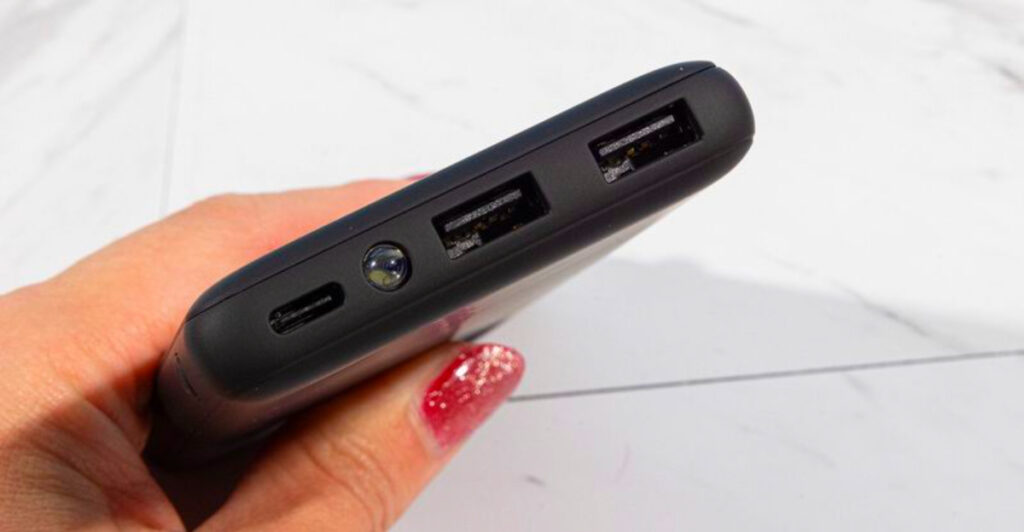Traveling alone opens up a world of freedom and adventure, but it also means you’re your own safety net. Smart solo travelers know that a few compact gadgets can make the difference between a stressful situation and a confident journey. Whether you’re booking a budget Airbnb, navigating unfamiliar streets, or trekking into remote areas, the right tools help you stay secure, connected, and ready for anything that comes your way.
1. Portable Door Lock (hotel/Airbnb)
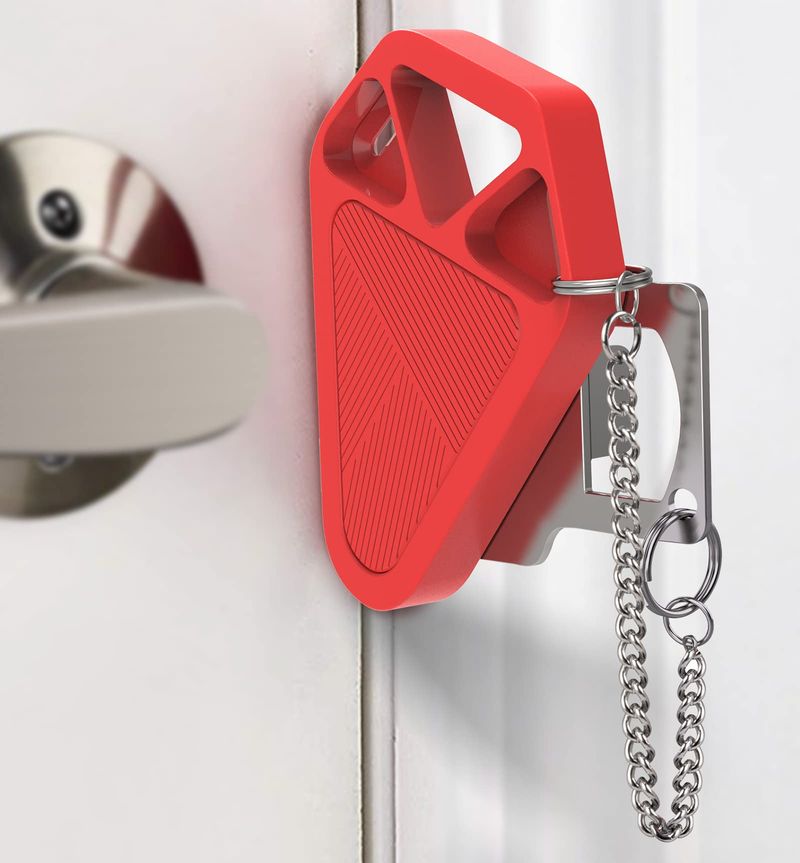
Hotel key cards and Airbnb lockboxes are convenient, but they also mean strangers might have copies. A portable door lock creates an extra physical barrier that can’t be bypassed by a master key or copied card, giving you control over who enters your space.
Most models slide into place in seconds without any tools or damage to the door. They work on standard inward-opening doors and are small enough to tuck into your toiletry bag.
Before you settle in for the night, do a quick test fit to make sure it grips properly. Keep it within arm’s reach of your bed so you can install it the moment you close the door behind you each evening.
2. Door-Stop Alarm (wedge style)
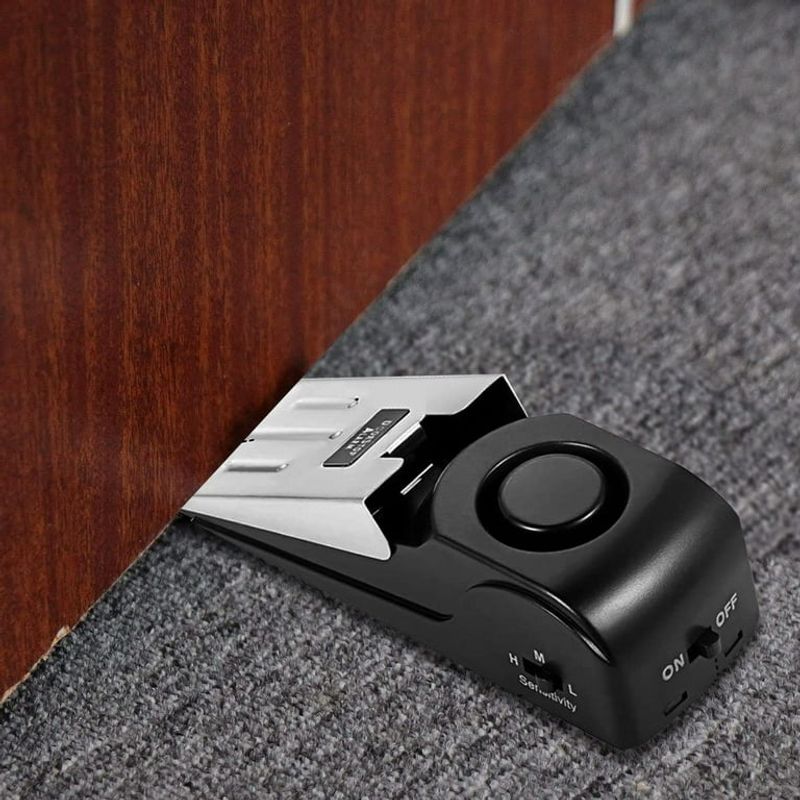
Door-Stop Alarm both blocks your door and screams if someone tries to force it open, blasting sound at 100 to 120 decibels—loud enough to wake you and alert anyone nearby.
Travelers and safety reviewers praise these wedges as an affordable, no-installation solution for instant peace of mind. The alarm activates when pressure is applied, buying you precious seconds to react.
After you’ve locked the deadbolt and chain, slide the wedge tightly under the door gap. Make sure it sits snug so even a gentle push will trigger the siren and keep unwanted visitors out.
3. Personal Safety Alarm (keychain siren)
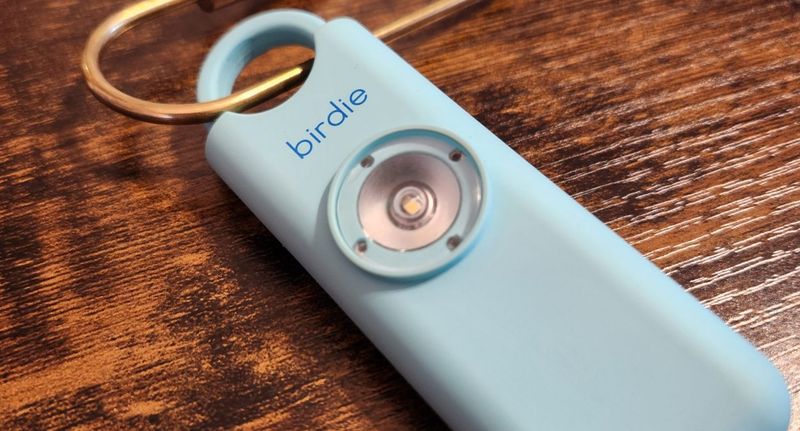
Weighing less than an ounce, a keychain siren can produce ear-splitting noise—often 120 to 140 decibels—that startles attackers and draws immediate attention. Travel experts recommend these tiny alarms for solo hotel stays and evening city walks alike.
The beauty is in the simplicity: pull the pin or press the button, and the sound floods the area. Most models are waterproof and battery-powered, so they’re ready whenever you need them.
Clip yours to the outside of your daypack or purse strap, not buried inside a pocket. In an emergency, every second counts, and you want instant access without fumbling through zippers.
4. USB Data Blocker (“USB condom”)
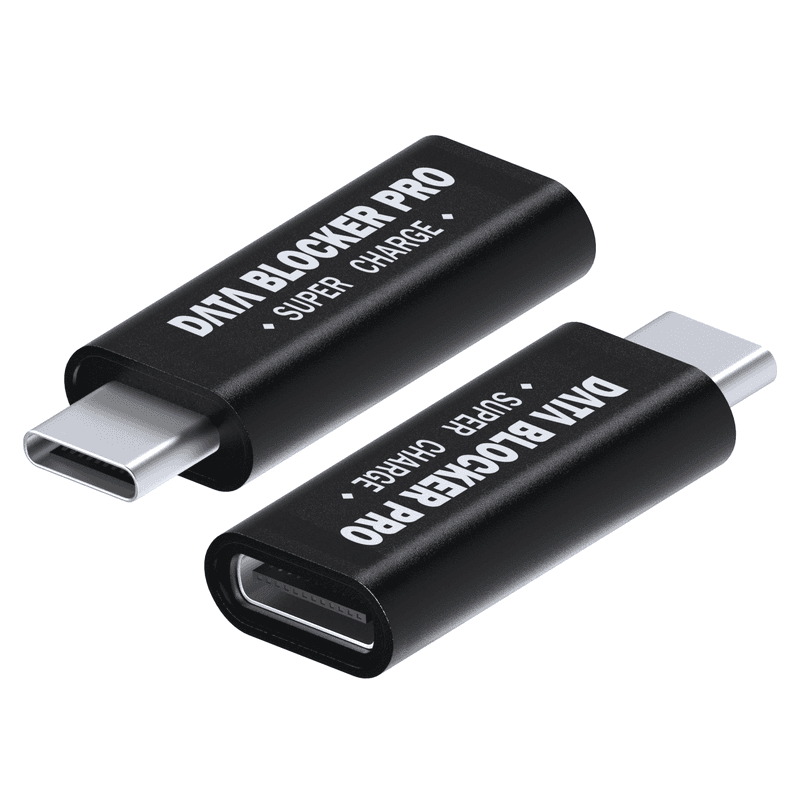
Public USB charging ports are everywhere—airports, hotel lobbies, rideshares—but they can also be rigged for “juice-jacking,” a sneaky attack that steals data or installs malware while you charge. A USB data blocker passes power through but cuts the data pins, so your phone stays safe.
Tech reviewers call these adapters essential for anyone who plugs into unknown ports. They’re smaller than a thumb drive and cost just a few dollars.
Your safest bet is always your own wall charger. But when you must use a public USB port, insert the data blocker between the port and your cable for worry-free charging on the go.
5. Power Bank (carry-on only)
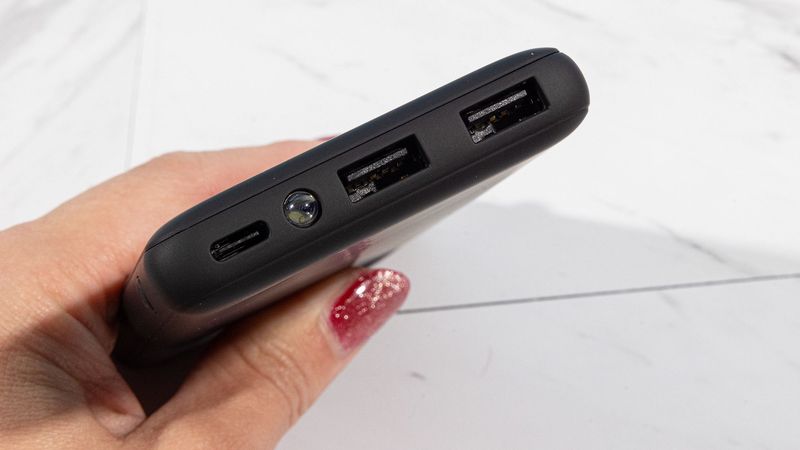
A dead phone means no maps, no ride apps, no translation tools, and no way to call for help. That’s why a power bank is non-negotiable for solo travelers who rely on their devices for safety and navigation.
Aviation rules require spare lithium batteries to ride in your carry-on, never checked luggage. Most airlines follow international limits: packs under 100 watt-hours (roughly 27,000 milliamp-hours at 3.7 volts) are typically allowed without special approval.
Check the capacity printed on your power bank in Wh before you fly. Staying under 100 Wh keeps boarding smooth and your phone charged through long layovers and unexpected delays.
6. Luggage/Belt Tracker (AirTag/Find My-compatible, Tile, etc.)
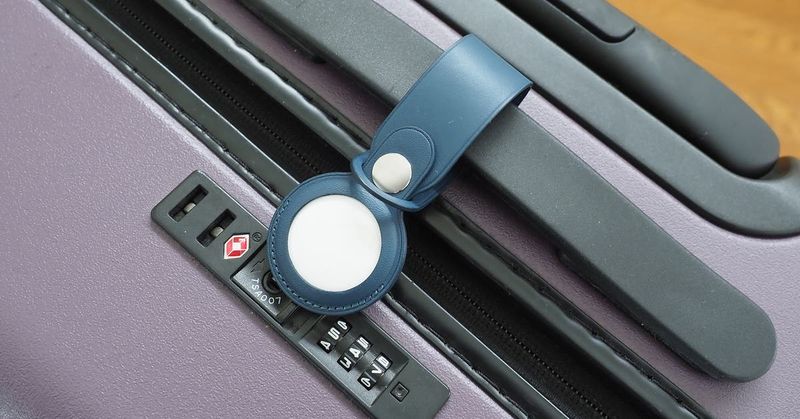
Lost luggage used to mean days of uncertainty, but now you can track your bags in real time. Drop an AirTag, Tile, or similar tracker into each checked bag, and you’ll know exactly where it is—even when the airline doesn’t.
Major carriers including United, Delta, and Lufthansa now accept tracker location links to help reunite you with mishandled baggage faster. The peace of mind is worth the small investment.
Tuck one tracker deep in each checked suitcase and slip a smaller one into your daypack. If your bag takes an unplanned detour, you’ll have the coordinates to share with baggage services immediately.
7. Compact Carbon Monoxide (CO) Detector
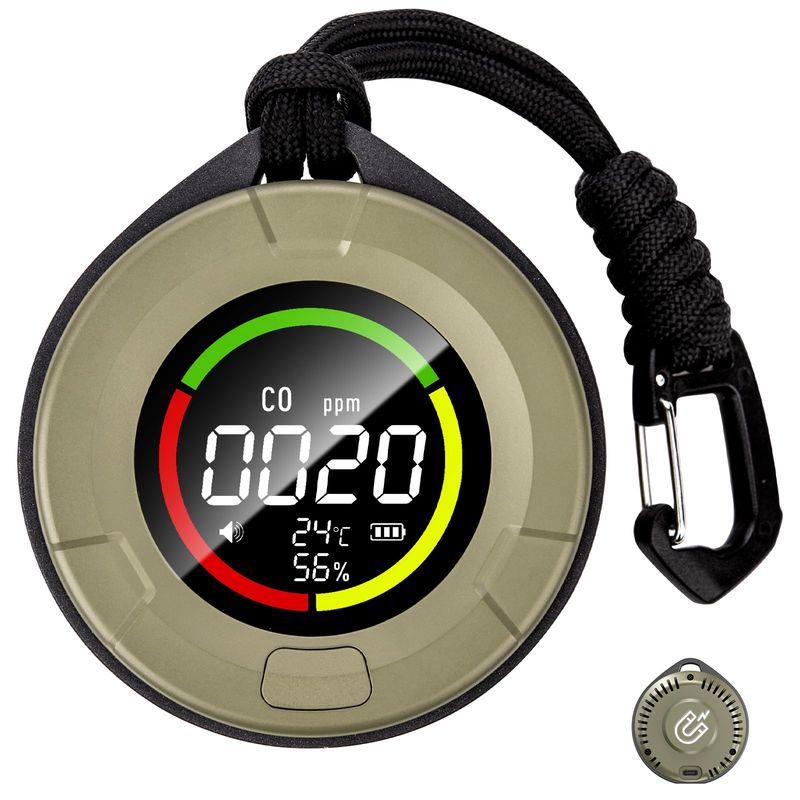
Carbon monoxide is colorless, odorless, and deadly—and not every hotel or rental has a working alarm. Faulty heaters, generators, or stoves can leak this silent killer, especially in older buildings or off-grid accommodations.
Safety organizations recommend asking hosts about CO alarms and bringing your own travel detector when you’re unsure. These pocket-sized units run on batteries and beep loudly if they sense dangerous levels.
Set yours on a nightstand or shelf near sleeping height, following the manufacturer’s placement guide. It’s a lightweight addition to your bag that could save your life if something goes wrong overnight.
8. Hidden-Camera Sweep Tools (RF detector + basic checks)
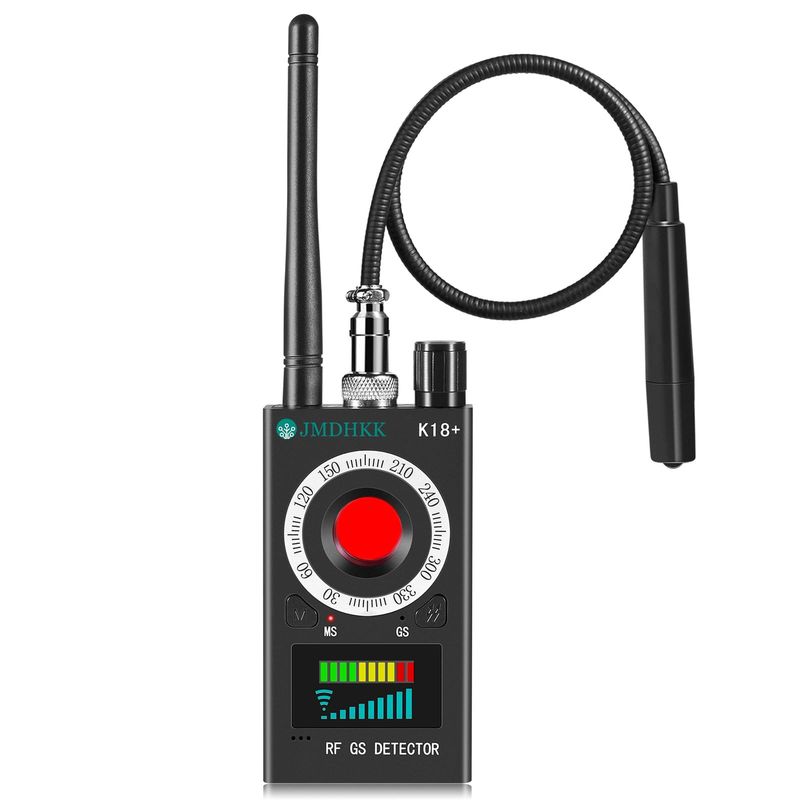
Hidden-camera discoveries in rentals are rare, but they do happen—and a quick sweep can restore your confidence. Start with a visual check: unplug or cover suspicious items like alarm clocks, smoke detectors, and USB chargers facing the bed or bathroom.
Shine a flashlight around the room in the dark to catch lens glints, and scan the local Wi-Fi network for unexpected devices. An RF detector can flag active wireless transmitters, though it’s optional.
If you spot something concerning, document it with photos, report it to the platform and local authorities, and leave if you feel unsafe. Know that privacy laws vary widely by location.
9. Satellite Communicator (for no-signal areas)
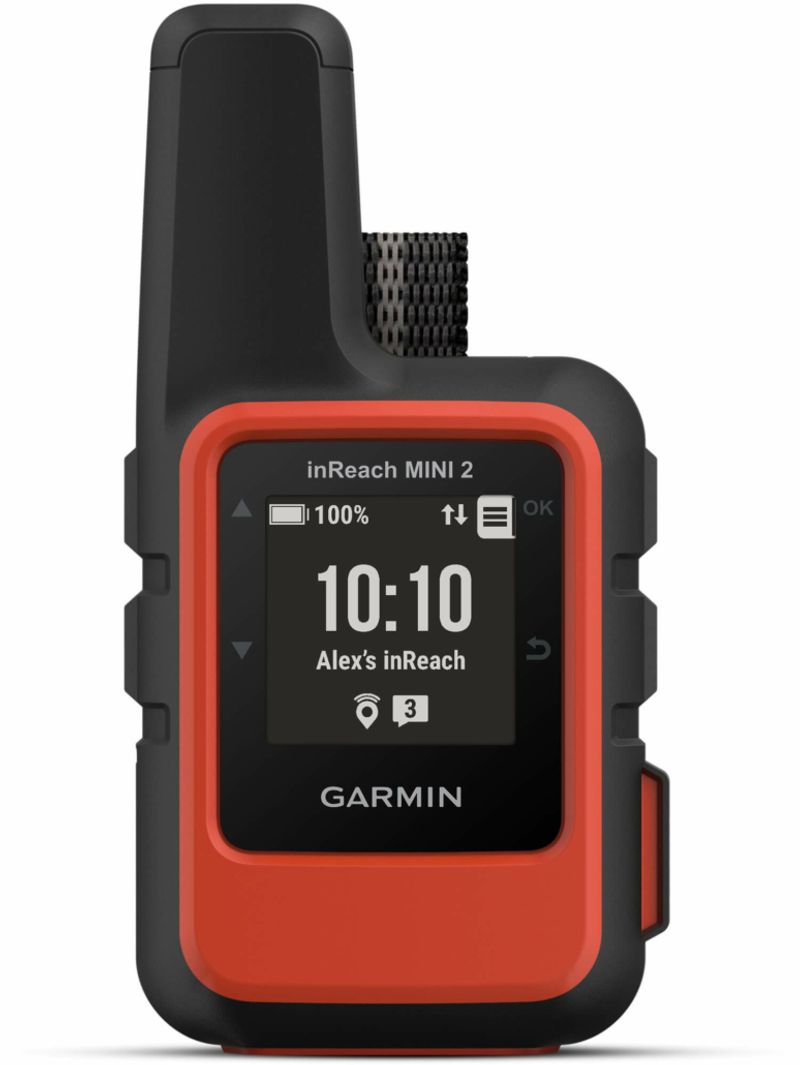
Cell towers don’t reach everywhere, and when you venture beyond coverage—remote trails, open water, desert roads—your smartphone becomes a paperweight. A satellite messenger like the Garmin inReach line keeps you connected via orbiting satellites, enabling two-way texts, GPS tracking, weather updates, and a dedicated SOS button that reaches a 24/7 emergency response center.
Outdoor experts call these devices a lifeline for true off-grid adventures. Recent models offer richer messaging and route-sharing features, so friends and family can follow your journey in real time.
Budget for a monthly subscription plan and test the SOS function before you leave home.
10. Travel First-Aid Kit (customized, carry-on)
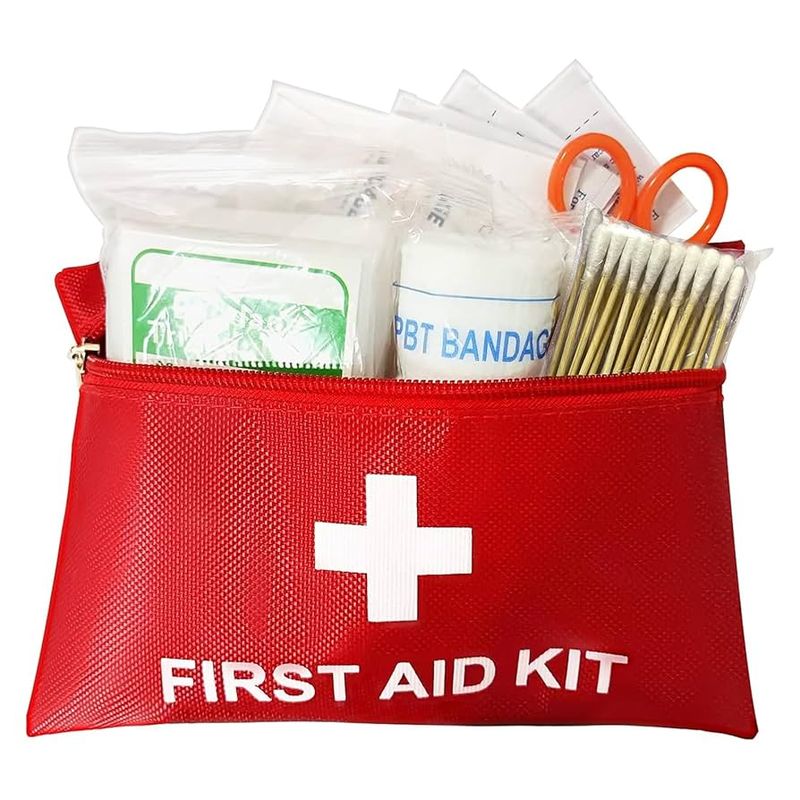
Blisters, headaches, cuts, and stomach bugs don’t wait for convenient pharmacy hours. A well-stocked first-aid kit lets you handle minor emergencies on the spot, whether you’re hiking a trail or stuck in a rural guesthouse.
The CDC and Red Cross publish core checklists—bandages, antiseptic, pain relievers, anti-diarrheal meds, and any personal prescriptions. Tailor yours to your destination and activities, adding items like rehydration salts, blister pads, or antihistamines.
Refresh medications before every trip and keep the kit in your daypack, not buried in checked luggage. When something goes wrong, you’ll be glad it’s within arm’s reach.
11. Portable Water Treatment (filter and/or tablets)
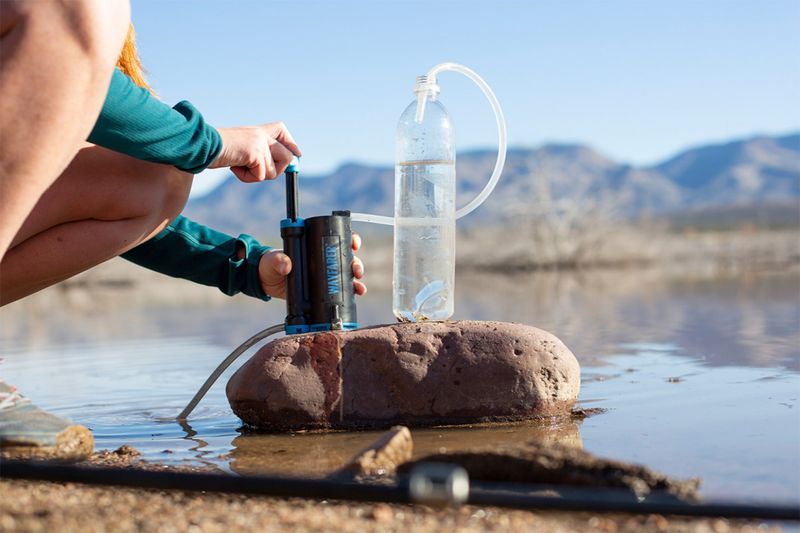
Questionable tap water and backcountry streams can harbor bacteria, protozoa, and viruses that ruin a trip fast. CDC guidance supports multiple treatment methods—boiling, filtration, chemical tablets, and UV light—and combining filtration with chemical disinfection offers the broadest protection.
Popular micro-filters with 0.1-micron pores remove most bacteria and protozoa; adding purification tablets tackles viruses and any stragglers. Together, they weigh almost nothing and fit in a jacket pocket.
Check the manufacturer’s specs to understand what your filter removes. A tiny hollow-fiber filter plus a strip of tablets covers more scenarios than either tool alone.
12. Bright Mini Flashlight or Headlamp
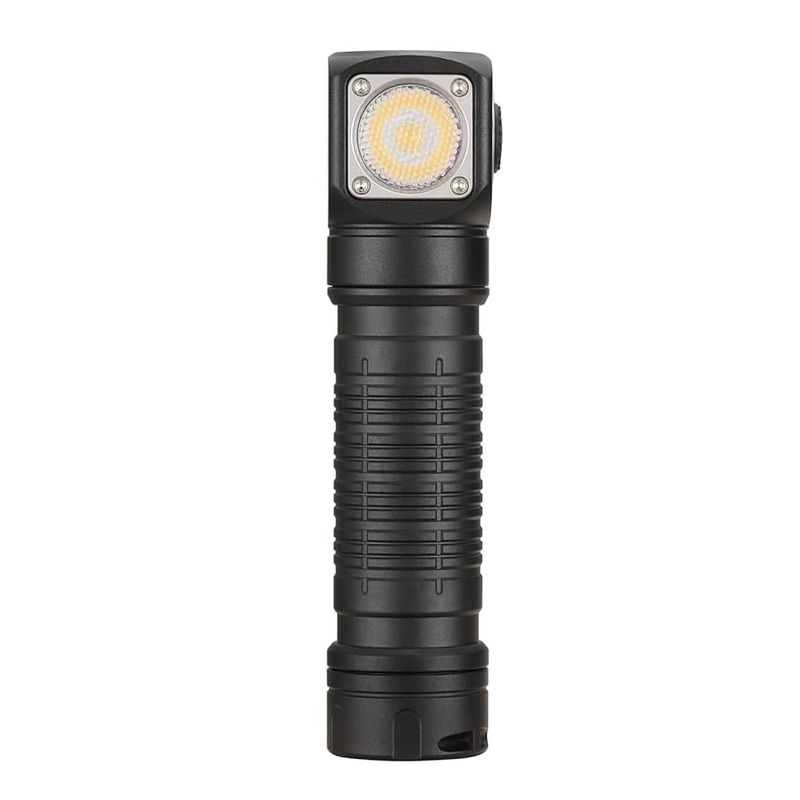
Power cuts, unlit alleyways, and midnight trips to shared bathrooms all become easier—and safer—with a reliable light source. A headlamp frees both hands for navigating stairs, reading maps, or digging through your bag in the dark.
Emergency-preparedness agencies include flashlights in every basic kit, and for good reason. Modern USB-rechargeable models eliminate the need for spare batteries and often include a lockout mode to prevent accidental activation in your pack.
Store yours where your hand naturally goes—a jacket pocket or bag strap loop—so you can grab it instantly. In a blackout or sketchy stairwell, that split-second access matters.
13. Anti-Theft Bag or Cable (slash-resistant with lockable zips)
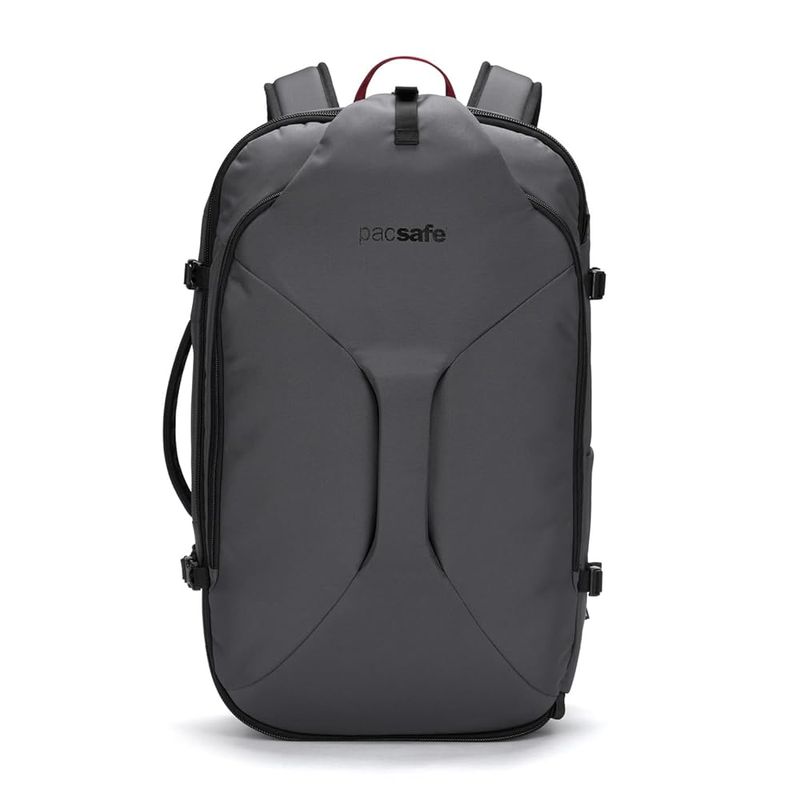
Crowded metros, bustling markets, and hostel common rooms are prime hunting grounds for pickpockets and slash-and-grab thieves. An anti-theft bag with cut-resistant panels, steel-reinforced straps, and lockable zipper systems makes you a much harder target.
Brands like Pacsafe engineer bags with puncture-resistant mesh and hidden zipper tracks that thwart casual thieves. Many models also include RFID-blocking pockets and anchor cables.
Use the built-in cable or strap to secure your bag to a fixed object—chair leg, table post, or train luggage rack—whenever you sit down. It’s a simple habit that dramatically reduces your risk of losing valuables.
14. RFID-Blocking Sleeve/Wallet (optional)
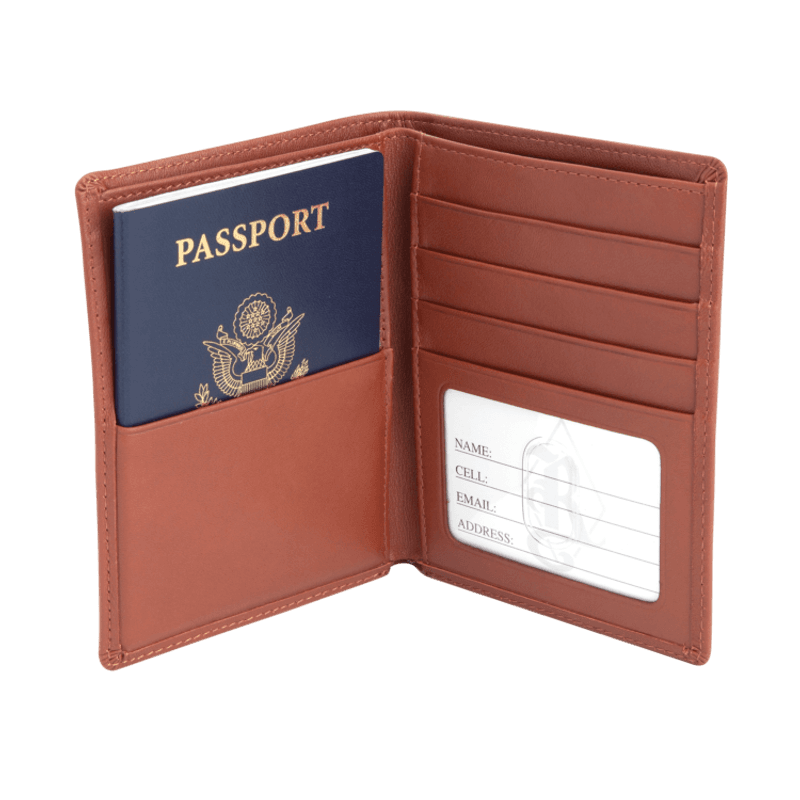
Contactless payment cards and e-passports broadcast radio signals that, in theory, can be skimmed by a thief with a reader. RFID-blocking sleeves or wallets use metallic fabric to shield those signals and prevent unauthorized scans.
That said, consumer advocates and identity-theft experts agree that real-world RFID skimming incidents are extremely rare. Classic pickpocketing remains a far bigger threat, so this gadget is more about peace of mind than necessity.
If carrying an RFID sleeve makes you feel more secure, it’s lightweight and inexpensive. Either way, keep cards and phones deep in a zipped pocket and enable transaction alerts for faster fraud detection.

